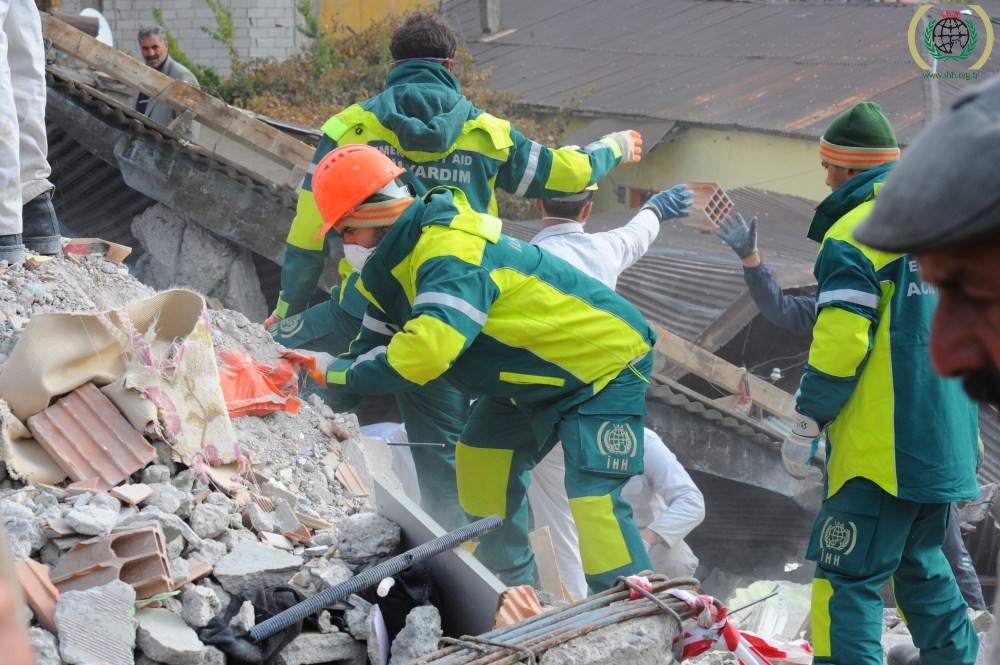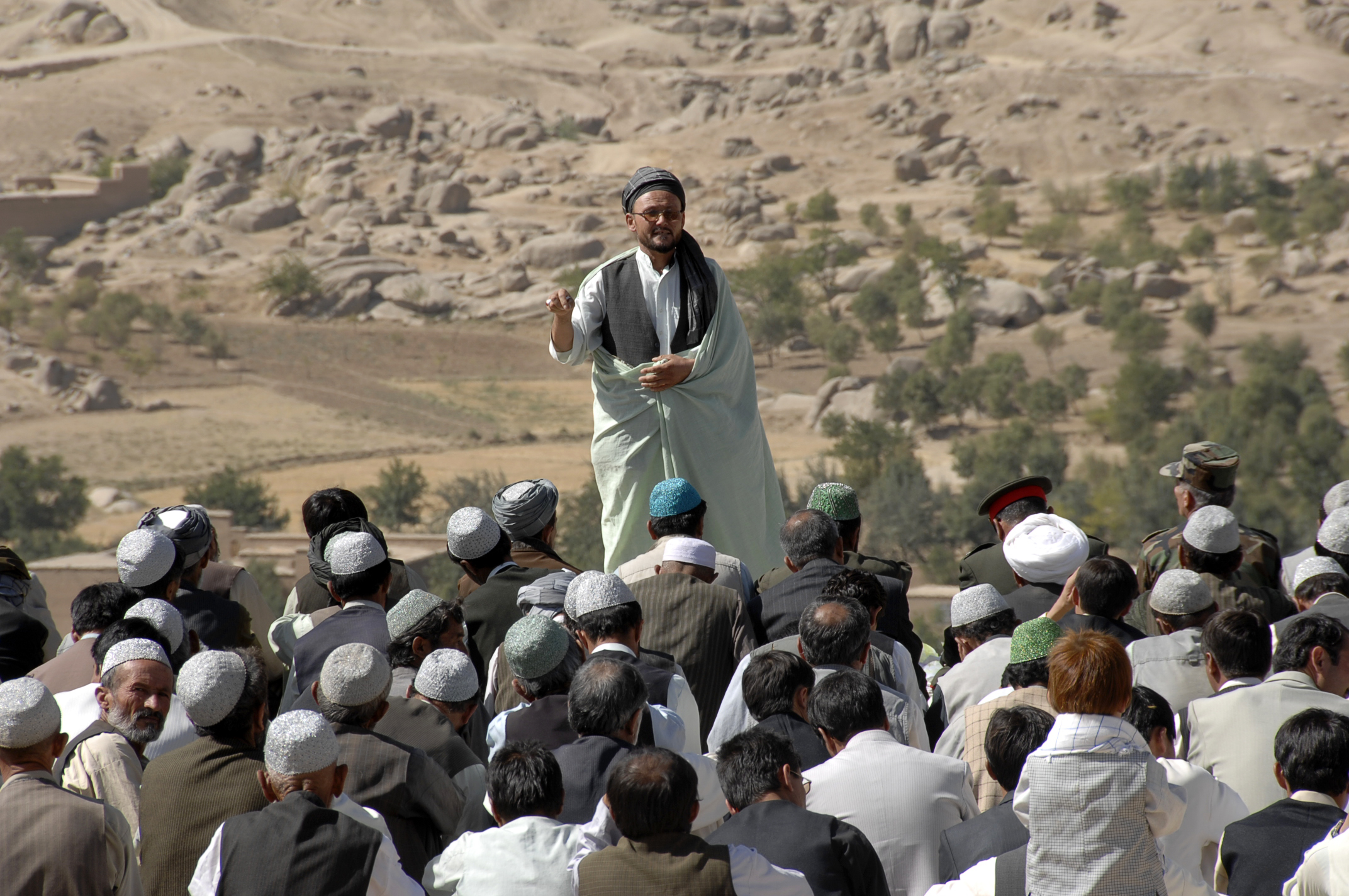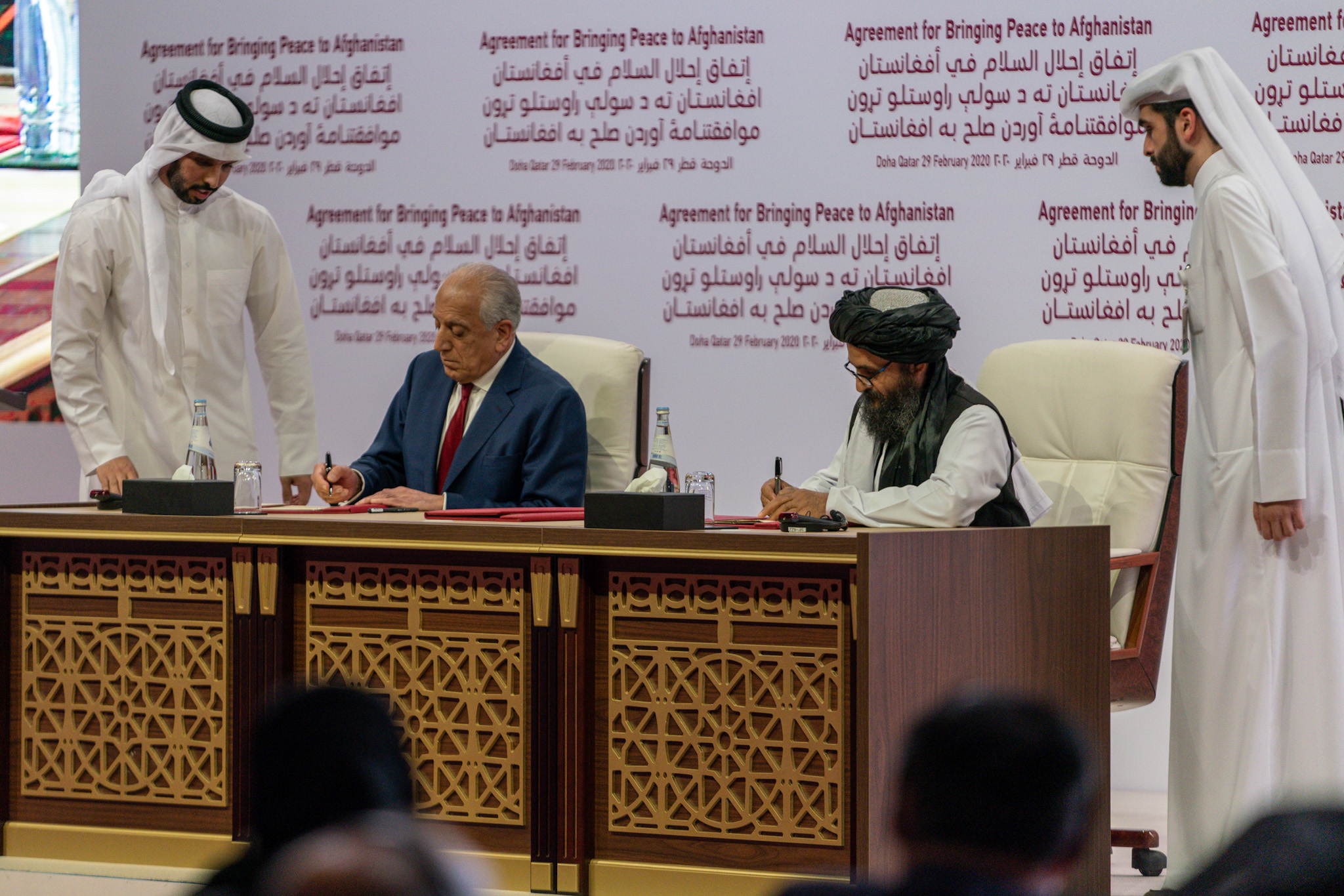A version of this article was originally published by E-IR.
“Since the fall of the Berlin Wall, the number of border walls between nations has more than quadrupled” precisely at a time when cultural and economic globalization has both simultaneously and paradoxically promoted and invited greater human mobilization and internationalization of production, workforce, and education. The reappearance of the border-centered discourse has, in recent months, coincided with one of the most consequential mass population movements since World War II – The Syrian Refugee Crisis – displacing more than 12 million people in 2015 alone and quickly becoming the focal point of election slogans and innumerable public debates in some of the most traditionally open and astutely liberal polities. Legal and illegal, documented and undocumented border crossings by migrants, immigrants, and refugees prompted, in no small measure, reflections on national identity and social co-existence in a globalized, highly volatile, and increasingly mobile world. The pre-Brexit referendum debates evidenced dissatisfaction with pan-European arrangements of open borders, resulting demographic changes, and stringent economic austerity measures. A turn toward the “America First” approach was made out of perceivably lapse border controls between the United States and Mexico and a poorly administered U.S. immigration system. Alternative for Germany (AfD) party platform in the 2017 election cycle echoed political themes of “It’s about us, our culture, our home, our Germany” and “Get your country back!” that gave momentum to the nationalist movements in Merkel’s multicultural Germany and translated into seats in the Bundestag. The March 2018 Italian election campaign manifestos revolved around the country’s 600,000 migrants of mostly African descent, who were no longer welcome in the Mediterranean “La Patria” or fatherland. Anti-migrant sentiments and slogans are reinforced further by a tangible security apparatus, which manifests a determined proclivity toward the hardening of borders and increasing land and maritime border surveillance. It is no accident that since its creation in 2005, Frontex, the European agency tasked with the management of the continent’s external borders has enjoyed a generous budget and a steady increase in financial support (Agier, 2016) as migration is ever more tightly bound with security.
Given the above-cited precedents, what prompts the periodic resurfacing of nationalistic sentiments and isolationist tendencies? How should tensions between liberal proclivities to hospitality towards strangers be reconciled with communitarian values and patriotic fervor? Why do visions of exclusivity tend to prevail over cosmopolitan aspirations of undivided humanity? Do walls demarcating borders succeed and when do they matter most?
The developments of recent months give rise to a number of questions, which the subsequent pages mean to intimate at and explore but by no means definitively answer. The contemporary migratory landscape and political responses to the changing patterns of movement of people outlined in this article, however, offer a fertile ground for further reflection on the contours and character of our liberal polities and contents of our responsibility toward strangers or a distant ‘other’.
Migration and Its Consequences
The question surrounding the status of minorities within the social and legal milieu is one of significant historical weight in Europe, a continent burdened by the legacy of the Austro-Hungarian, Ottoman, and Russian imperialism and subsequent travails of the World War II experience of mass genocide forced repatriations and ethnic expulsions. It is all the more pressing in view of ongoing conflicts in the Middle East and resulting in mass population migrations of refugees. In 2015, according to the International Organization for Migration (IOM) monitoring system, more than one million migrants and refugees crossed into Europe, resulting in a humanitarian crisis of considerable proportions and by 2017 the total number of asylum-seekers reached 3.5 million. Mass movements of refugees from Syria and Afghanistan into Austria, Germany, Greece, Hungary, Italy, Turkey, and Sweden to name a few, have posed significant social and security dilemmas not seen on the Continent since the wars in former Yugoslavia, Bosnia and Herzegovina of the 1990s. Population displacement of vulnerable at-risk populations due to war and protracted conflict, especially of women and children, carries with it existential risks and societal implications requiring long-term assistance and diligent care. The IOM found that close to seventy percent of migrants attempting to cross the Mediterranean have fallen victim to exploitation, abuse, human trafficking, imprisonment, and rape. Traumatized and exploited survivors, in turn, suffer debilitating long-term health consequences that require diligent medical help and legal assistance. Meanwhile, EU polities have struggled to come up with a concerted response to the refugee influx, spurring Parliamentary debates on the shape and character of EU’s refugee integration policy, financial support, and job creation, revamping of border security, reform of the asylum system and implementation of a humane return policy (EU Parliament News, 2017). Apart from a lack of pan-European consensus on a unified response to ongoing refugee flows, unilateral “open door” policies adopted by Sweden and Germany have proven politically controversial and socially and financially unsustainable. The integration of nearly 1.1 million refugees into German society has met with public disapproval. In a January 2016 Insa public opinion poll, forty percent of Germans wanted Merkel to quit over her “refugees are welcome” policy. A number of EU member states declined to follow a similar path opting instead for refugee admission quotas resulting in a continent bitterly divided over integration, security, and financial sharing of burdens. All too often, however, the world’s response to mass atrocities is a compromise between a trial and error.
Mass population displacements due to protracted conflicts around the world have grown in scale and brutality. The United Nations High Commissioner for Refugees reported that some 65.3 million people were forcefully displaced by conflict and persecution in 2015 alone. The all too familiar shipwrecks carrying refugees across the Mediterranean, walls and barbed-wire fences, the camps in Calais, and the barrels of the gun have become the discomforting images that once again test our laws, our morality, and our humanity.
Walls and Borders in Historical Context
At the conclusion of World War II, there were fewer than five border walls in the world. By the end of the Cold War in 1989-90, the number steadily increased to fifteen. Despite the celebratory triumph of liberal values over Marxist-Leninist ideology that put an end to the symbolic ‘Iron Curtain’ represented by the Berlin Wall, more physical barriers have been erected than ever before with a singular purpose of keeping people in as well as out. According to researchers at the University of Quebec at Montreal, there are at present 65 walls standing or under construction. Old as well as new democracies guard themselves against, what Ai Weiwei’s recent documentary dubbed the ‘Human Flow’ (Amazon Studios, 2017). Despite its idealized pioneering project of visa-free entry, the Schengen Agreement, the EU is a leader in the construction of new border walls. Austria is erecting a physical border to deter migrants from traveling through Hungary and Norway and Slovenia are building walls to keep immigrants from Russia and Croatia. Spain’s 7-mile steel structure blocks immigration from Morocco and both Egypt and Israel erected massive steel barricades with Gaza. Bulgaria, Turkey, India, Myanmar, have all built walls on their borders and the United States is testing eight prototypes of barriers to be eventually erected on its nearly 2,000-mile-long Southwest border with Mexico. The EU, in the meantime, signed an agreement with Turkey to halt the flow of asylum-seekers and stop them from crossing the Aegean Sea. Containment of population flows by means of material barriers to entry conflicts with long-held liberal visions of undivided humanity and its accompanying humanitarian impulse and ethics of care proffered by the EU as an idea and an institution. Despite considerable elisions of ideological differences that separated people and fractured relations between the East and West at the height of the Cold War, the union of like-minded democratic states confoundingly gives rise to more physical walls that had historically estranged East and West Berliners.
Contemporary Patterns of Migration
Between 2005 and 2014, some 40,000 people died trying to cross borders across the world (Jones 2016, 4). According to the International Organization for Migration, 10,000 of them died since 2014. In 2016 alone, more than 4,000 people have died trying to cross the Mediterranean. No monument has been raised to commemorate the victims. No special mention or a minute of silence has been dedicated to this modern-day atrocity. To borrow Judith Butler’s words, those ‘precarious’ lives lost in war or in transit may simply not be ‘grievable’ enough (2009). After all, from the comforts of ones’ home or office, one cannot imaginatively enter into a condition of conflict displacement, making the perilous journey of a refugee or an asylum-seeker not sufficiently ‘intelligible’ to the Western mind to ‘matter’ on a social scale (Butler, 2009). On the contrary, the sheer depersonalized statistical certainty of people perishing as a result of a hazardous border crossing is met with distracted indifference and reinforces the perception of modern-day migration as an underground enterprise rife with deception and danger that make death if not inevitable, certainly highly possible. The undocumented, the paperless, the undesired, and the uninvited – left in despair or helplessness that only war can bring – have increasingly turned to networks of smugglers who in their attempt to breach the ‘walls’ of the security state apparatus expose the victims of their own unlucky stars to the arsenal of civil and criminal state responses. The 2011 Human Rights Watch Report recorded instances of arrests and detentions of migrants held in overcrowded detention centers that did not meet minimum human rights standards. Failure to separate men from women on religious grounds, the internment of unaccompanied children in unsanitary and poorly ventilated cells, and use of physical violence by guards prompted the European Court of Human Rights in M.S.S. v. Belgium and Greece to hold Belgium and Greece liable for violations of Article 3 of the European Convention on Human Rights by exposing migrants to ‘inhuman and degrading treatment’. On the U.S.-Mexican border, border patrols use live ammunition to deter crossings (Agier, 2016). Non-response to migrant crossings is also a response. In 2011, the ‘left-to-die’ migrant boat off the coast of Lampedusa failed to meet with a concerted rescue effort from commercial and NATO ships in the area and Spanish and Italian Coast Guard vessels resulting in the death of sixty-three people (including two babies) and launching the European Council investigation that exposed a “double standard in valuing human life.”
It would be too facile, however, to confine the phenomenon of the proliferation of border walls to the limitations of our imagination or a symptom of a decline or failure of liberal values. Globalization, warfare, threats of terrorism elucidate tensions between democratic ideals and realpolitik propped up by a muscular security apparatus of state power retrofitted for operations in the theatre of a perpetual state of modern-day displacement. Neither pinning our hopes on the human rights conception of free movement of peoples and the subsequent desire of states to thwart such lofty aspirations seems especially helpful in elucidating the return of the wall as a psychological, legal, political, and physical barrier, which amplifies socio-economic divisions and reinforces hierarchies of power. Nor will the desire for security and preservation of identity – hijacked by political elites – offer sufficient explanatory justifications for the dramatically high numbers of barriers separating states and peoples in the 21st century. It is not any of those taken separately that captures the lived reality on the ground. Taken together, however, they present an ignoble image of the world undone by specular failures of institutional and ideological regimes of global governance currently in place.
Precedents to the Refugee Crisis and a Path Forward
The less emphasized story in the debate on walls and borders is one of the wide-ranging failures of the Western liberal regimes that now opt to wall themselves off against the existential threats from abroad; threats, which the West bears significant responsibility for creating. There are, at minimum, six consequential events of the last two decades that directly contribute to the refugee crisis of today. The ongoing population displacement, which gives rise to disenchanted Western publics’ search for populist solutions to elite entanglements, can be said to have germinated with:
- George W. Bush’s misconceived Afghanistan and Iraq Wars resulting in sectarian divisions, instability, and conflict in the Middle East.
- Failure of multiculturalism in Europe (recall Angela Merkel’s or David Cameron’s statements to this effect) resulting from an inadequate level of cooperation across multilateral institutional domains on migrant integration and assimilation.
- Military incursions of Western powers into the Middle East (Libya, Yemen, Syria), which undermined existing institutional capacities and crippled the region with a lack of strategic purpose and defined military objectives.
- Moral, legal, and political paralysis of the UN System as global humanitarian crises ensue.
- E.U.’s ill-conceived and unevenly implemented refugee policy post-2015
- Uneven patterns of globalization resulting in wide inter-regional developmental divergences and economic disparities driving mass migration.
Until the West rectifies the past wrongs brought about by foreign policy misadventures; men, women, and children will continue to wash up on Europe’s inhospitable shores stoking anti-migrant sentiments, criminalization of movement, nationalism, and isolationism. This entails ensuring that needlessly protracted conflicts are settled – even if and when politically inconvenient for one of the parties involved – and that the very places of origin of displacement are again made safe for the purpose of rebuilding and resettlement. Institutional mechanisms that respond to the movement of people must also put an end to routine humiliations of migrants, immigrants, and refugees on account of their dispossession, religious denomination, place of origin, or race in the form of regional quotas or particularly pernicious public pronouncements made by candidates or parties at election time. Western powers should be wary of displacing the battlefield in the ‘global war on terror’ and needlessly projecting it onto the civilian sphere protected by a plethora of civil, political, and human rights, which become regularly abrogated. International law should be an active, rather than a passive, and a proactive, rather than merely reactive, mechanism of protection and intervention. As a framework for global law, it should complement state and regional laws rather than serve as a back-up instrument activated and used in cases of state failure to abide by the law’s original doctrines and precepts.
Humanity, inevitably, is on the move, it is high time the laws that regulate borders moved with it eliminating thus the condition of exclusion and social irrelevance on account of ones’ foreignness and uncertain legal status. This means that inherent features of the globalizing world – migration – are no longer treated as an aberration but a norm in need of protection and safe passage.
References
Agier, Michel. 2016. Borderlands. Cambridge: Polity.
Butler, Judith. 2009. Frames of War: When is Life Grievable? New York: Verso.
Jones, Reece. 2016. Violent Borders: Refugees and the Right to Move. New York: Verso.
About the Author
Joanna Rozpedowski
Dr. Joanna Rozpedowski is a Policy Fellow at the Schar School of Policy and Government at George
Mason University. She can be found on Twitter @JKRozpedowski.



